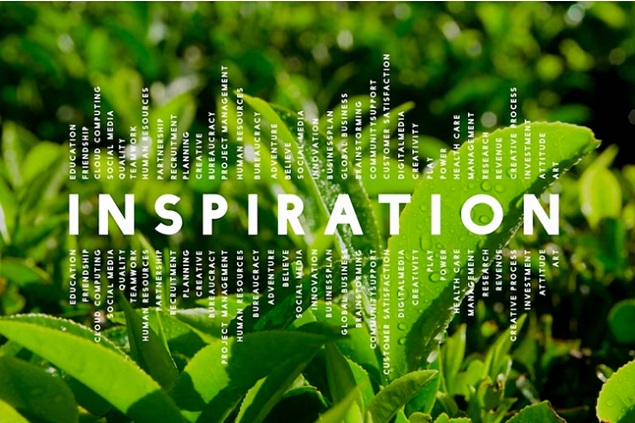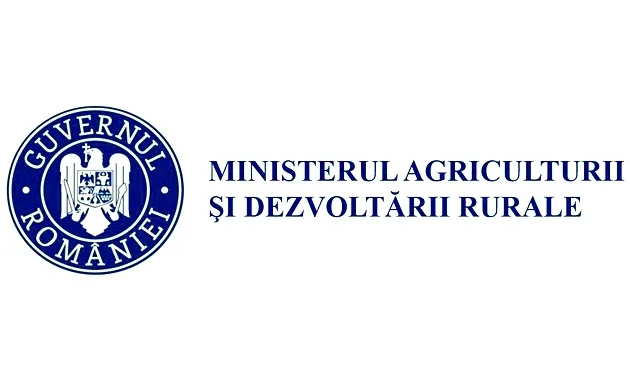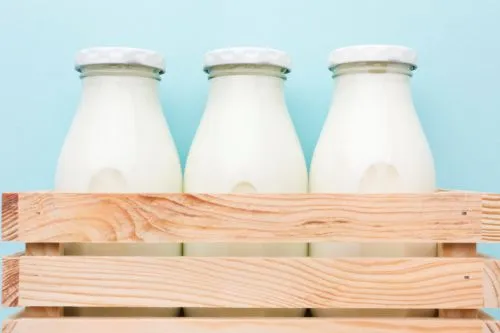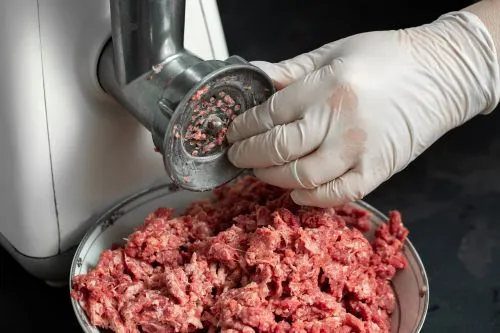1286

For the major dairy producer Danone, regenerative agriculture isn't just about the land; it's also about animal welfare, reducing greenhouse gas emissions, and the livelihoods of its farmers. FoodNavigator spoke with Oliver Verdelet, Chief Procurement Officer (CPO) Europe at Danone, about the company's regenerative agriculture programs with dairy farmers. Verdelet is responsible not only for milk procurement but also regulatory practices.
Since 2017
Operating in 20 countries with 58,000 farmers worldwide, Danone began using regenerative agriculture in 2017. Danone's regenerative agriculture, Verdelet explained, has three pillars: soil health, animal welfare, and farmers' livelihoods.
Soil and land are crucial to Danone, which owns dairy product brands including Activia, Oikos, and Actimel. It requires "a very holistic approach that truly includes the ecosystem. We need to include the ecosystem because it's all about resilience."
Agriculture accounts for 60% of Danone's carbon footprint, and milk represents 36% of that, so reducing greenhouse gas emissions (GHGs) through regenerative agriculture is vital.
"It all starts with herd and forage management," Verdelet said. "And it all starts with making sure that the farm is efficient, that it is run with the best practices; from an agricultural point of view, from a forage point of view, from a dietary regime point of view, from a breed point of view. So, that's the big picture."
Focus on Animal Welfare
Animal welfare is another key part of the program. Considerations for animal welfare can work hand in hand with improving farmers' livelihoods, Verdelet said.
"Sometimes, you're on some markets where your first improvement in addressing animal welfare and productivity is to get enough water for the cow to drink. These are such basic things and are fundamental. And if you do that, not only do you address the cow's health and welfare, but you improve the yield. By improving yield, you increase the farmer's income."
Then comes the reduction of GHGs. One of the main sources of GHGs in agriculture is methane, but Danone uses methane inhibitors, reducing methane production from its dairy cows.
After addressing other aspects such as animal welfare, "if you want to improve, you probably have to use methane inhibitors," Verdelet said. Danone uses methane inhibitors in places like Belgium.
Farmers in Danone's regenerative agriculture programs are assessed with a scoring system.
"We have carbon reduction targets communicated globally but cascading down to countries, cascading down to my teams. We track soil health and carbon emissions intensity, so how much does each liter of milk emit. So, all of these are tracked on a country level." There's also a score for animal welfare.
Changing Farming Practices
Danone operates regenerative agriculture in 20 countries, including the USA, Belgium, and Morocco. Therefore, farming practices differ from place to place. In some locations, such as Morocco, Danone needs to provide support to farmers to adapt to new practices.
"It's all about change management," Verdelet said. "Some farmers have been doing things the same way for decades. That's how they saw their father doing it. That's where our farm relationship managers are essential in helping the farmer transition over time because it's really a change in farming practices."
Danone collaborates with NGOs to produce a farming manual, helping them provide farmers with information on how to carry out their practices most efficiently.




